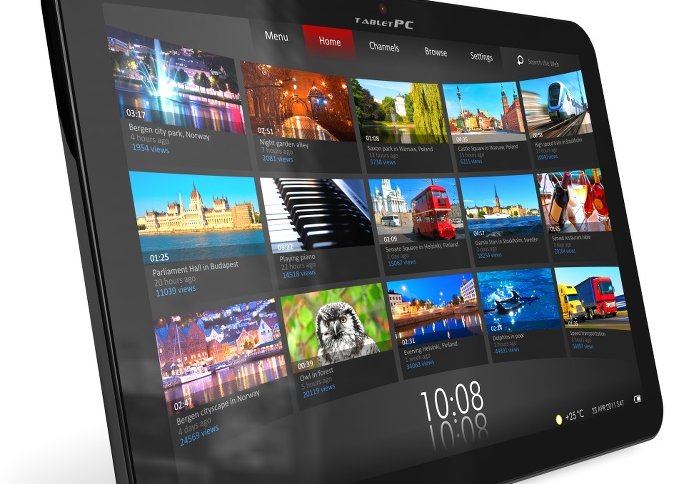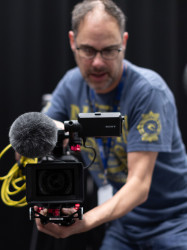
Brightly lit displays are a big drain on the energy supplies of mobile devices

Next generation screens could slash energy use in TVs, mobiles and tablet PCs following new research on molecules that emit and detect twisted light.
Brightly lit displays are a big drain on the energy supplies of mobile devices. Current technologies, such as backlit LCD screens, produce text and images by streaming white light through a series of polarising and colour filters, a process that typically wastes over 75 per cent of the light.
Now, scientists at Imperial College London have shown that molecules shaped like twisted corkscrews can be made to emit twisted 'circularly polarised' light, which is needed to create these next generation screens.
The next step is to fine-tune the molecules to emit red, green and blue light to make brightly coloured images without the energy wasting filters.
This technique could also be used to make low-energy 3D displays. Polarised light that twists in opposite directions could be used to generate two different images on the same screen. When viewed through polarised glasses, these images could be used to create a sense of depth similar to that seen in current 3D films at the cinema.
In the video below, chemist Dr Matthew Fuchter and physicist Dr Alasdair Campbell, talk about their work on the twisted molecules, and the results of two recently published papers from the journals Nature Photonics and Advanced Materials.
They are also working to understand the fundamental science that links the shape of molecules and the twisted light. In the second research paper, they show how twisted molecules can also be used to detect twisted light.
Transmitting data using circularly polarised light instead of ordinary light could double the capacity of fibre optics cables that carry internet and telephone signals around the world, as well as improving the security of the messages.
With further work, the scientists hope this technology will lead to the development of ultra-fast 'quantum' computers that process data using polarised light.
Supporters

Article text (excluding photos or graphics) available under an Attribution-NonCommercial-ShareAlike Creative Commons license.
Photos and graphics subject to third party copyright used with permission or © Imperial College London.
Reporters
Simon Levey
The Grantham Institute for Climate Change

Contact details
Tel: +44 (0)20 7594 5650
Email: s.levey@imperial.ac.uk
Show all stories by this author

Martin Sayers
Communications Division

Contact details
Tel: +44 (0)20 7594 8140
Email: m.sayers@imperial.ac.uk
Show all stories by this author





Leave a comment
Your comment may be published, displaying your name as you provide it, unless you request otherwise. Your contact details will never be published.